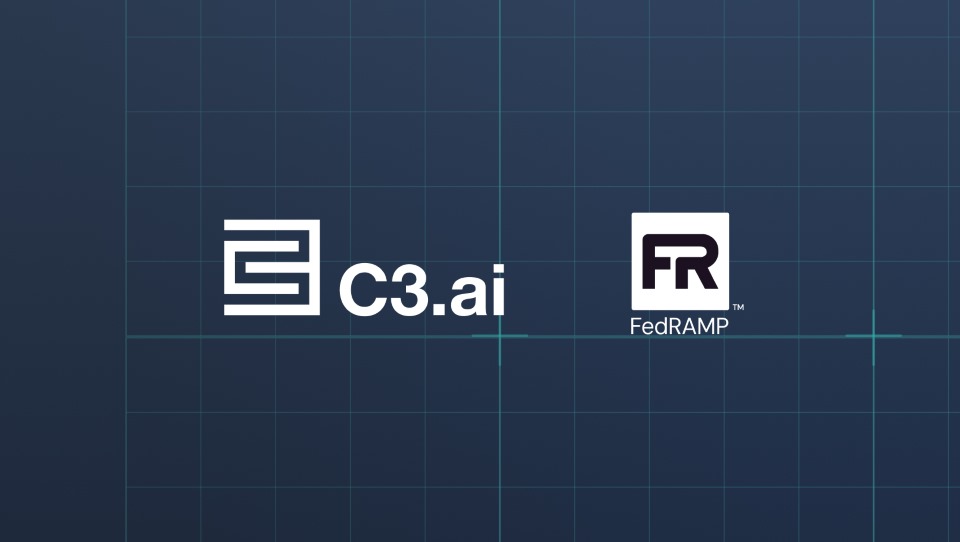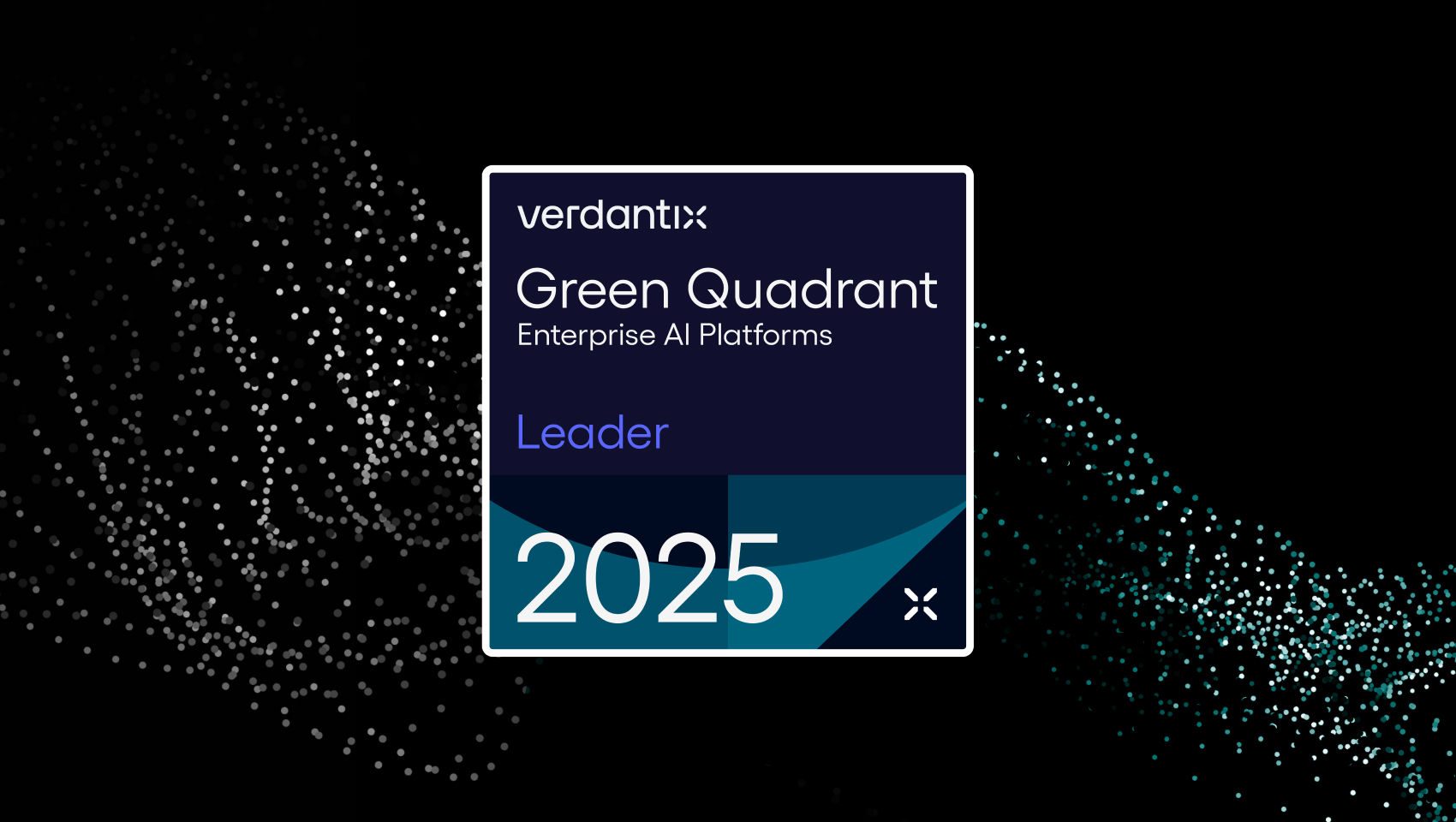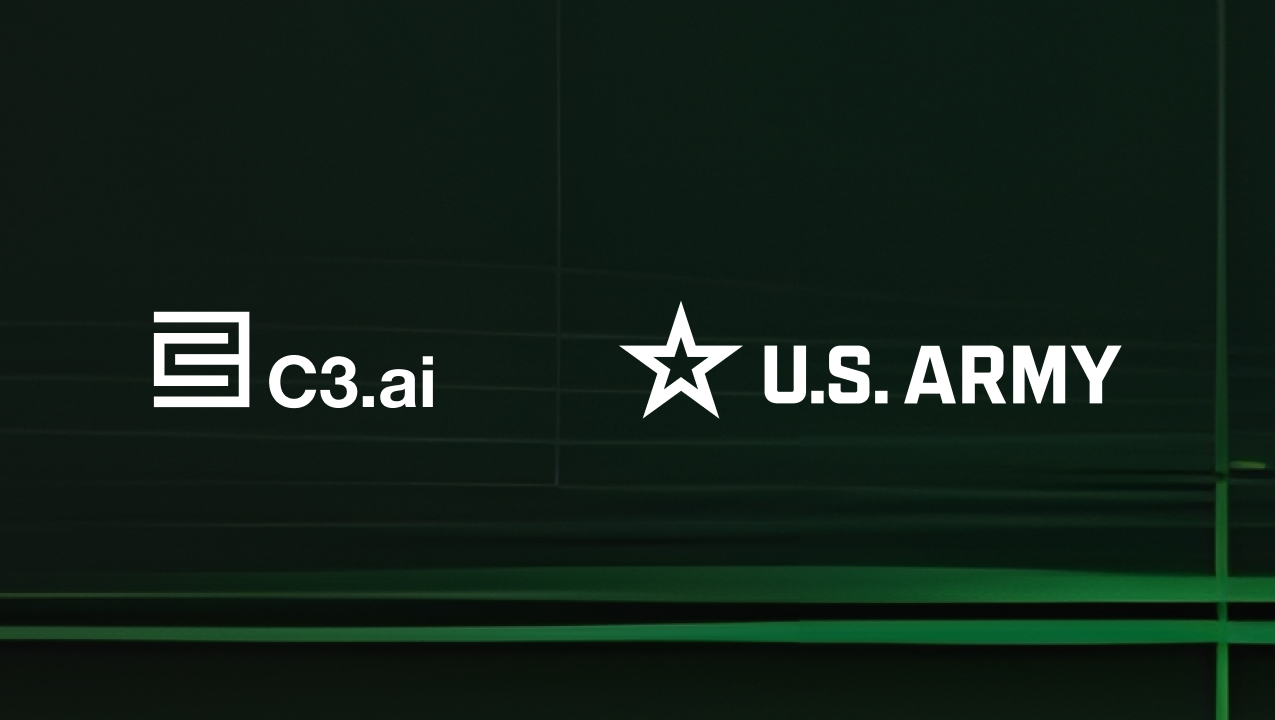By Paul Gillin, Siliconangle
Any list of computer industry figures who could legitimately be classified as a living legend would have to include Tom Siebel.
He and co-founder Pat House started Siebel Systems Inc. in 1993 and grew it to a $2 billion-a-year giant that practically defined the customer relationship management market for large enterprises. Oracle Corp. bought Siebel Systems for nearly $6 billion in 2005, making Siebel a billionaire.
It didn’t take Siebel long to get back in the game. In 2009 he launched C3 IOT Inc. to focus on analytics for industrial companies. The company has since renamed itself C3 AI Inc. and built a portfolio of artificial intelligence applications for use by large companies. Siebel sat down this week for an interview with SiliconANGLE. Here is the edited conversation:
You’re a multibillionaire who could do anything you want. Why didn’t you retire to the cushy world of venture capital? Why go out and start another company?
The honest answer is this is my idea of a good time. I enjoy assembling really talented people and building industry-leading companies. I’ve done it a couple of times before and I think there’s some probability we might do it again. I’m not good at golf. If I’m any good at anything, this is it.
You’ve been around this industry a long time and have seen the boom-and-bust cycle time and time again. Why can’t tech behave like a more mature industry?
That’s just the way the world works. What happened with the dot-com bubble was the same thing that happened with the railroads in the 1870s and urban electrification in the 1920s. When the economy sees new things like transistors and the internet, people know they are really important, so they tend to overvalue them for a while because they don’t know what to do with them. It’s just part of the natural rhythm of things associated with inefficiencies in the market.
You started C3 AI in 2009 when AI wasn’t a thing. How did you navigate your company in this direction?
Back in 2007 or 2008, everybody was talking climate, climate, climate. I got a bunch of people together to think about how could we make a meaningful contribution to that dialogue and it became apparent that the best way to do it was not through philanthropy, but by appealing to the profit motive.
I sent out an email on a Friday in December 2008 and we raised $20 million by Monday. The original idea was to focus on cleantech and take advantage of cloud computing, big data and predictive analytics to let organizations characterize their energy and carbon footprint in real time. We later started doing smart analytics for large grid operators.
We had to build a highly scalable infrastructure. We realized that what we were doing for grid operators we could do for everybody — for supply chain optimization, predictive maintenance, fraud detection, customer churn and what have you. We rebranded as C3 AI and now have a family of solutions for grid operators, manufacturing companies, oil and gas companies, financial services and precision health. Now everybody wants to talk about AI, AI, AI. It has accelerated our story a lot.
What is your opinion of the disruptive potential of AI in the economy and the job market?
It’s hugely disruptive, as were the printing press and the production line. Did the steam engine that drove the Industrial Revolution eliminate jobs? Absolutely, but it created 1,000 jobs for every guild craftsman’s job it eliminated. Will AI eliminate jobs? Absolutely, and I think for every job that’s eliminated it’s going to create 100 others just like every other technological change.
One big issue with AI right now is whether we can trust the models and what those who build AI models can do to make the outcomes more trustworthy. What is C3 AI doing in that respect?
To the extent that we stick to supervised and unsupervised learning, we can absolutely make the models explainable. When we get into deep learning and neural networks and large language models, things become unexplainable.
There are places where deep learning can be unexplainable but also acceptable. For example, we can use neural networks to identify whether something is a MIG or a 737 and mathematically demonstrate the results. I think that’s going to be OK.
When we get at the intersection of sociology, people, neural networks and large language models, we have some real problems because we’re not going to be able to explain it. We are already seeing massive abuses in social media.
The potential for abuse in generative transformers is huge and scary. As skeptical as people like to pretend they are, you and I both know they tend to believe what they see on their screens. The ability to manipulate 2 billion or 3 billion people at the level of the limbic brain is very scary stuff and it’s not talked about enough.
How could AI be a game-changer in cybersecurity?
Is AI part of the problem? Absolutely. The amount of surface area we’re exposing to attack is orders of magnitude larger than it used to be. Criminals will use sophisticated ways to troll bots. Russians could shut down the U.S. grid in an hour from a phone in St. Petersburg.
The way we’re doing cybersecurity now is by looking at strings coming in through the firewall. I think the future will be about seeing strings we haven’t seen yet. AI is going to accelerate the problem, but it’s also the only way to solve it.
Siebel Systems practically invented the customer relationship management category, but today Salesforce.com is the market leader. Is the Innovator’s Dilemma inevitable? Do market leaders necessarily fail to make the shift to a new paradigm?
The Innovator’s Dilemma is a big issue, but it isn’t inevitable. We invented cloud CRM at Siebel in a separate company called Sales.com. We had that product up and running. I hired [Salesforce.com Inc. CEO] Marc Benioff at Oracle. Oracle took its eyes off the ball and let him run away with it.
[Market leaders can reinvent themselves.] Look at Microsoft since Satya [Nadella] has been involved. For 13 years there was nothing they didn’t goof up. Satya came in and turned it around on a dime and they’re on top of the market again. It was an incredible achievement.
Read the full article here



